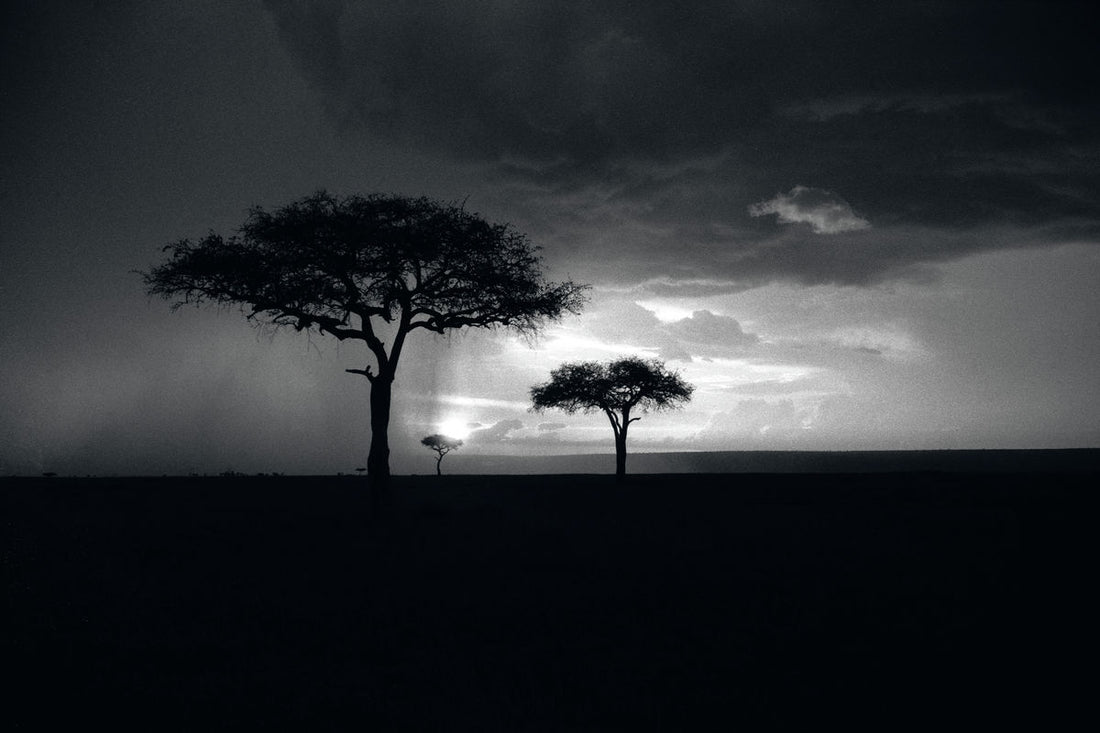I have been photographing landscapes for as long as I can remember, and the collection in my landscape portfolio has been taken over many years. The early ones are grainy and textured, photographed on black and white film, while the later ones are digital and converted to black and white from colour. I am fortunate to be able to understand what pictures will look like in black and white, and this very much influences what and how I photograph landscapes.
Landscapes are absolutely everywhere around us. Sometimes, they are stunning; other times, they’re bland. The one thing that enhances any landscape, though, is the light.
Light is constantly changing – the elevation of the sun in the sky; if it’s behind the cloud, or on the edge, if it comes from in front or the side or behind… Everything is in constant change in the landscape, which is why the photographer needs to understand light and see how it will play on a scene. A landscape that is bland in the morning can be sensational in the late afternoon.
Just take a look at the photo of the Acacia Trees on the Masai Mara. This was taken at dusk, there was a rainstorm doing its bit, yet behind the rainstorm the clouds were clearing to reveal the setting sun. A few hours earlier when the sun was directly overhead, the light was flat and uninteresting. The photographer exploits these changes in light because they want an interesting and dynamic picture.
The Dunes were photographed in South Africa, late in the afternoon, intentionally. The lower sun casts shadows on the ripples of the sand, increasing the contrast and allowing the really dark shadows to be enhanced against the silver white sand. The resulting texture and tone really brings these shapes to life. By adding a red filter, the blue skies are turned either to a very dark grey, or even black, which makes the images dynamic and dramatic. Whilst many of my landscapes are happened upon, the dunes were just a subject which kept giving; all of the photographs were taken within about half an hour of each other.
I like to think that my images are seeing the “usual in the unusual”. Often, this means looking at things from unusual angles – such as having the lens close to the ground, which is not where you usually look at things from. This can also be a way of isolating the foreground from the background, and therefore just seeing the foreground and sky. Then, shooting wide angle to emphasize the foreground, with leading lines that take you to the distance. There are so many visual trucks that can be employed, just to make something infinitely more interesting than, perhaps, it really is.
In the old days of film, you would take the film out of the box it came in, and there would be a plastic (or aluminium) container with the film inside it, with a piece of paper which gave the technical specifications of the film. It would often give you the advice that, when taking photos, you should “keep the sun behind you”! Really though, that is the one place you don’t want the sun if you’re going to take photographs, as that destroys shape.
I personally like to see the sun in a 270 degree arc in front of me; that way you get much more interesting pictures. Take a close look at the landscapes,and make a note of where the light is coming from!
Until next time,
Stephen

